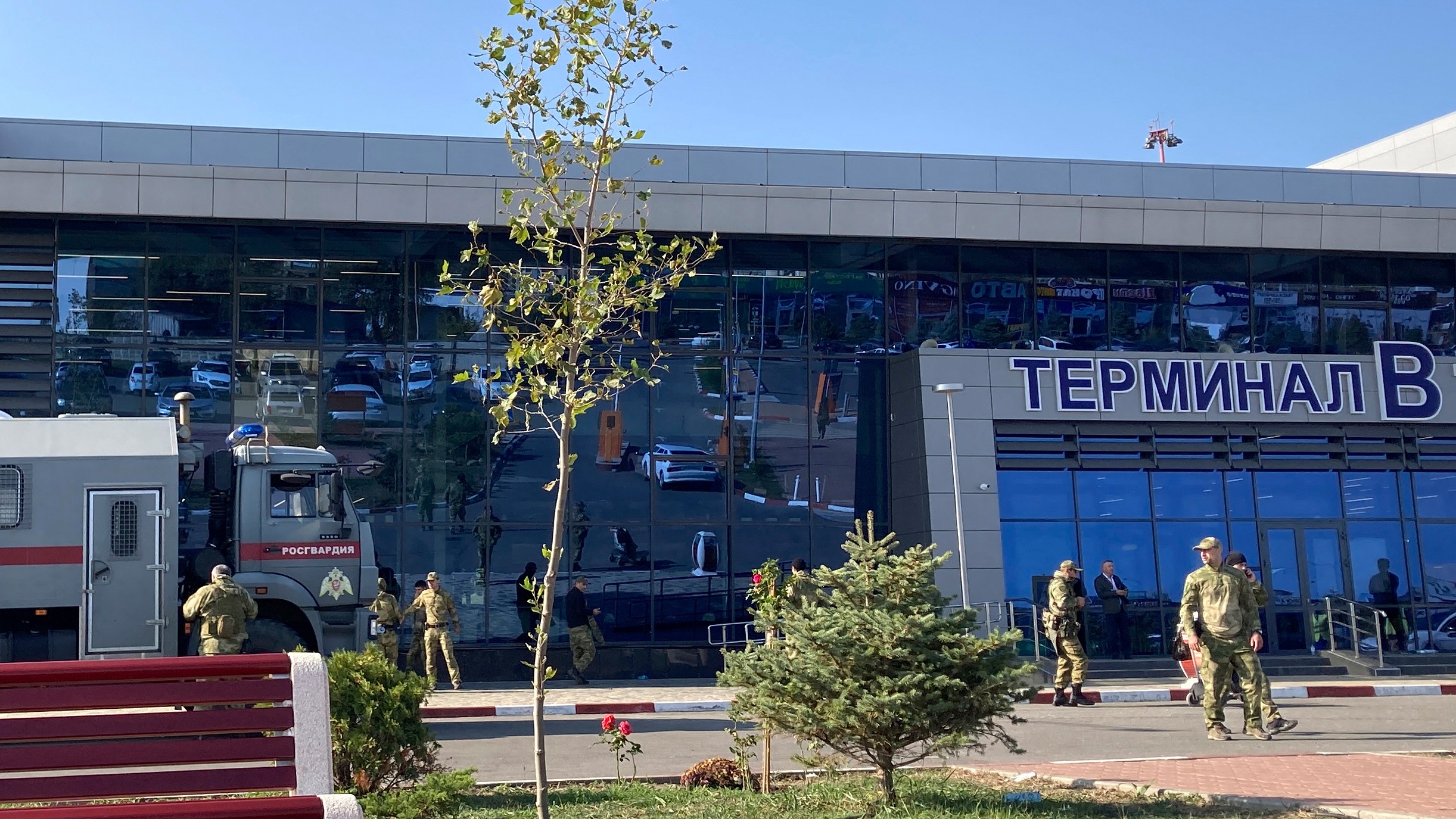Syria's Assad and Russia accused of napalming anti-Assad rebels, civilians


Every day this week, Syrian government aircraft have hit opposition-controlled areas of a Damascus suburb, Daraya, with incendiary bombs, local council members tell The New York Times, targeting the area with a napalm-like substance. In a report on Tuesday, Human Rights Watch says the substance is likely thermite, which, like napalm and white phosphorous, ignites super-hot fires that are difficult to extinguish and causes painful burns that are difficult to treat.
Human Rights Watch says it has confirmed at least 18 incendiary bomb attacks in the past nine weeks, mostly around Aleppo, and that "there is compelling evidence that Russian government aircraft are being used to deliver incendiary weapons or at least are participating with Syrian government aircraft in attacks using incendiary weapons." That evidence includes witness accounts, photographic evidence, Russian TV footage showing Russian fighter jets at a Syrian air base loaded with RBK-500 ZAB-2.5SM incendiary bombs, and bomb fragments in civilian areas. Russia is a signatory to Protocol III of the international Convention on Conventional Weapons, which prohibits the use of aerial incendiary bombs in areas with civilians; Syria is not.
"The Syrian government and Russia should immediately stop attacking civilian areas with incendiary weapons," said Steve Goose, the director of HRW's arms research unit. "These weapons inflict horrible injuries and excruciating pain, so all countries should condemn their use in civilian areas." Amjad Abbar, a Daraya councilman, told The New York Times on Wednesday that while the incendiary bombs don't kill as many people, they terrify civilians. "Believe it or not," he said, "when people hear barrel bombs falling, they pray for them to be explosives, not napalm. Imagine."
The Week
Escape your echo chamber. Get the facts behind the news, plus analysis from multiple perspectives.

Sign up for The Week's Free Newsletters
From our morning news briefing to a weekly Good News Newsletter, get the best of The Week delivered directly to your inbox.
From our morning news briefing to a weekly Good News Newsletter, get the best of The Week delivered directly to your inbox.
In a separate report on Thursday, Amnesty International details the brutal torture and death at Syria's prisons, especially the Saydnaya military prison. Aside from electric shocks, beatings, and rape, the report estimates that at least 17,732 detainees died in detention between March 15, 2011, and Dec. 31, 2015, during President Bashar al-Assad's crackdown on protests and the subsequent civil war. "For decades, Syrian government forces have used torture as a means to crush their opponents," said Amnesty International's Philip Luther. "Today, it is being carried out as part of a systematic and widespread attack directed against anyone suspected of opposing the government in the civilian population and amounts to crimes against humanity."
Napalm and torture are terrible and likely criminal, but a video released by the Aleppo Media Center is a reminder that even conventional airstrikes on the remains of a major city can be heartbreaking. Peter Weber
A free daily email with the biggest news stories of the day – and the best features from TheWeek.com
Peter has worked as a news and culture writer and editor at The Week since the site's launch in 2008. He covers politics, world affairs, religion and cultural currents. His journalism career began as a copy editor at a financial newswire and has included editorial positions at The New York Times Magazine, Facts on File, and Oregon State University.
-
 British warship repels 'largest Houthi attack to date' in the Red Sea
British warship repels 'largest Houthi attack to date' in the Red SeaSpeed read Western allies warn of military response to Iranian-backed Yemeni rebels if attacks on ships continue
-
 Houthi rebels claim Red Sea ship attacks
Houthi rebels claim Red Sea ship attacksspeed read Iran-backed Yemeni group vows to escalate aggression towards Israel-linked vessels in revenge for Gaza war
-
 Israel plans next phase of Gaza war as first hostages released
Israel plans next phase of Gaza war as first hostages releasedSpeed read After four-day ceasefire 'we will not stop' until destruction of Hamas, says Israel
-
 Mob storms Russian airport 'looking for Jews'
Mob storms Russian airport 'looking for Jews'Speed Read Plane from Israel surrounded by rioters chanting antisemitic slogans after landing in Russia's Dagestan region
-
 Tuberville's military promotions block is upending lives, combat readiness, 3 military branch chiefs say
Tuberville's military promotions block is upending lives, combat readiness, 3 military branch chiefs saySpeed Read
-
 Ukraine's counteroffensive is making incremental gains. Does it matter in the broader war?
Ukraine's counteroffensive is making incremental gains. Does it matter in the broader war?Speed Read
-
 US commissions first-ever Navy ship in a foreign port
US commissions first-ever Navy ship in a foreign portSpeed Read
-
 British spy chief, Wagner video suggest Prigozhin is alive and freely 'floating around'
British spy chief, Wagner video suggest Prigozhin is alive and freely 'floating around'Speed Read



